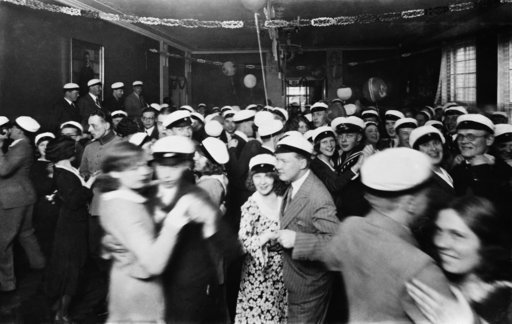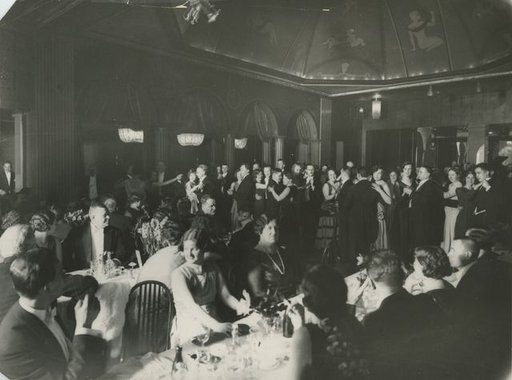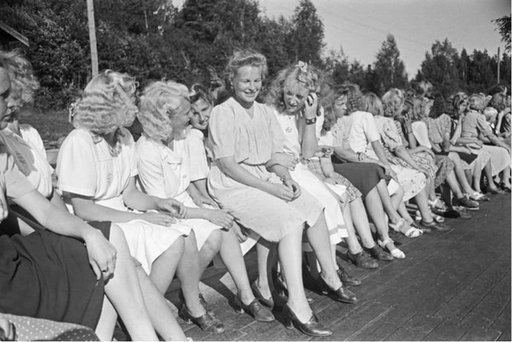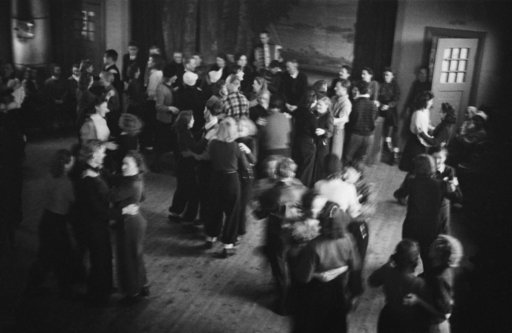The dancing ban in Finland during World War II
Dancing was prohibited in Finland in December 1939 soon after the outbreak of the Winter War. With a short exception, this ban lasted until the end of 1944 when the war between the Soviet Union and Finland came to an end - although dancing was not permitted in restaurants until 1948. The ban was not just a harmless nuisance; it was controlled by police and thousands of people were punished for breaking the law, either for organizing or taking part in secret dances - the majority of whom were girls or young women.
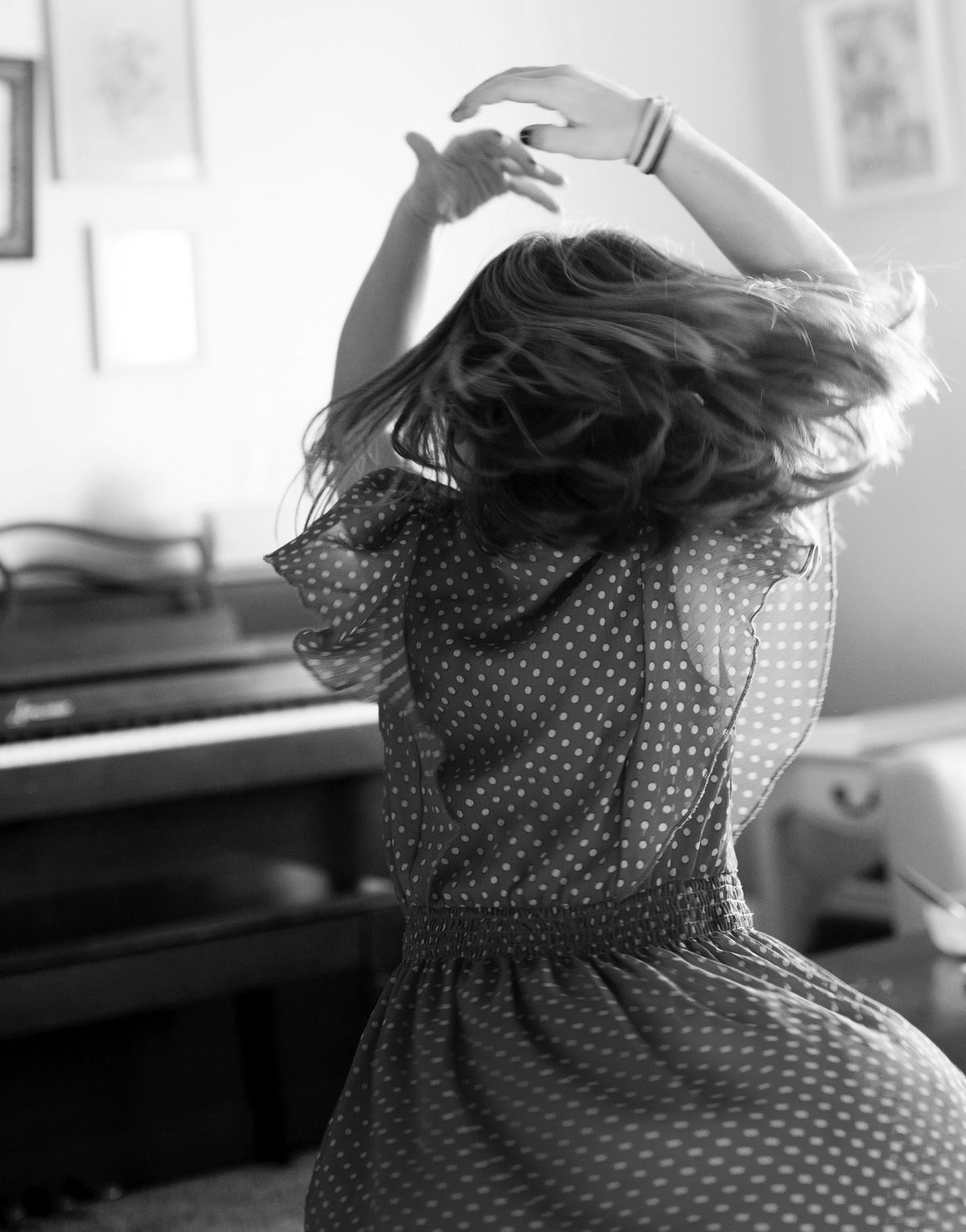
During World War II there were occasional dancing bans in some parts of the world including in Germany and some of its allies, but the type of ban that was found in Finland was unique. The reasons for the ban were mainly to do with morality; women were supposed to be the backbone of society on the home front, and their sexuality - especially during wartime - was strictly controlled. Dancing was seen as a serious threat to this moral status quo and consequently to the well-being of the country at large.
The importance of dancing
Dancing with a partner became popular in Finland at the end of the 19th century for all social classes, but it was especially popular among young people. Before that time, people only had a chance to dance at events like weddings or harvest festivals. But when different kinds of associations, such as youth or workers’ associations, began to organize social evenings, dancing became both more accessible and widespread. However, even at these types of events the audience was required to listen to an "enlightening" programme first, which may have included a speech or a play and – only after that – was "one hour for dancing" allowed.
Young people also organized so-called free and spontaneous dances which took place in all sorts of places - on a bridge, in a meadow, simply wherever there was flat terrain in the summer. In winter, dances were held in barns, cabins or houses, and that is why they were often called “corner dances”. Normally there was an accordion or violin player, and even one musician was considered sufficient for a dance. From the very beginning, these spontaneous corner dances were seen as morally reprehensible. Young people were considered as acting outside the realms of what was considered socially acceptable, and they were at the same time exposed to immorality including alcohol abuse, crime and – worst of all – premarital relations and sex.
Spontaneous corner dances were publically condemned by many quarters up to the turn of the 20th century. The Evangelical-Lutheran church and other religious communities were strongly against dancing from the very beginning, and sometimes local dancing bans were imposed. At that time over 96 per cent of the Finnish population belonged to the Evangelical-Lutheran church, so its effect on the community was very strong. The leaders of the temperance movement tried to forbid dancing at their social evenings, and dancing was frowned upon even amongst intellectuals.
The attitude towards dancing in youth and workers’ associations was ambivalent. “One hour of dancing” attracted people to their social evenings but at the same time it was thought they only showed up because they wanted to dance and were not interested in their message or being educated. However, the associations needed money and members, and by organizing the dances and selling entrance tickets, they got both. In fact, organizing dances became a crucial means of earning funds.
Despite all the opposition, the popularity of partner dances just kept on growing. In the 1920s, balls and dances were organized both in towns and in the countryside. Restaurants began to organize afternoon dancing events and new kinds of dance styles became popular - even jazz music reached distant Finland. In the countryside, dances were organized in community halls and in the open-air in summertime. In spite of persistent opposition to dancing, which continued until the 1930s, dancing became one of the most popular ways of having fun for people of all social classes before the Second World War.
It is important to remember that touching was not at all common at this time in Finland, but dancing with a partner allowed people to touch and for them to be physically close, very often with someone they did not know. So, while this intimacy continued to be seen as morally questionable - or even dangerous in a culture where touching each other was rare – it also of course meant that dancing was especially important for and popular among young people. Moralists on the other hand thought that the easy intimacy of dancing with a partner was like foreplay, and that it was a precursor to flirting and sexual relations. Especially young girls and women were thought to be “in danger” as they would be easily excited, and this was not appropriate in a time when women were supposed to be sexually passive.
Dance ban - to obey or not to obey?
Soon after the Winter War broke out at the end of November 1939 various restrictions were introduced, but it was only dancing that was completely prohibited. Dancing was allowed during the interim peace (March 1940 - June 1941), but at the beginning of the Continuation War (which lasted from June 1941 to September 1944) restrictions came into force again.
In the public sphere, not dancing was equated with showing loyalty to the soldiers on the frontline. It was declared that it was not appropriate for citizens at home to have fun when men were fighting for their lives. It was said to be like “dancing on the soldiers’ graves”. Similar arguments against dancing could be found during the Finnish Civil War in 1918.
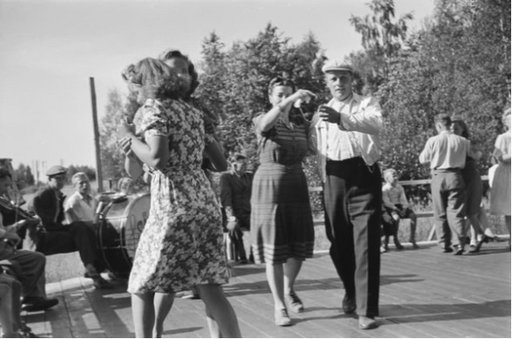
In World War II, Finland was a co-belligerent with Germany and dancing was also periodically prohibited there. The attitude to dancing was completely different on the side of the Allies. In Great Britain, for example, people were encouraged to dance both in public and at home as it was thought that dancing would help people to put up with the harsh conditions.
Although something very important and pleasant in people’s lives was denied, Finns generally obeyed the dancing ban during the shocking and short Winter War. But, as the “summer war” of 1941 (as it was called in the beginning) just kept on going and continued for several years, it became increasingly difficult for particularly young people to obey the ban. After all, dancing is such a crucial part of being young, nothing could stop it.
Despite the widespread fear of punishments, people found out about secret dances through the grapevine. They took place just about anywhere; the old tradition of secret “corner dances” from the turn of the 20th century flourished again as the war continued. It should also be mentioned that dancing in dance schools or dance courses was still in fact allowed at the time and were thus very popular.
Despite and because of the enormous popularity of secret dances, they were also often raided by police causing chaos with sometimes serious consequences; at least two people died during the raids during the war years. Sometimes local police turned a blind eye, but in the years 1942-44, several thousand people were prosecuted for dancing, mainly receiving a fine, although at least two women were sentenced to prison for two months “for continuously breaking the dancing ban”.
Dancing women = immoral women?
The majority of the people punished were women. A great deal of them were young women or girls aged from 15-20. Women were normally in the majority at these secret dances and were more likely to get caught simply because they were slower runners than men. Their fines were not necessarily so remarkable, but the disgrace and stigmatization prosecution caused was often overwhelming and far-reaching. Their names were sometimes published in newspapers and although “everybody” danced secretly during the war, punishment was still considered a disgrace. Ordinary citizens were, in this case, treated like criminals.
When carrying out research for our book (Forbidden Games: History of the Prohibition of Dance in Finland 1888-1948, Kielletyt leikit: Tanssin kieltamisen historia Suomessa 1888-1948 (only available in Finnish)), we interviewed several people and read interviews indicating that most people had danced during the war, but interviewees were still reticent to talk about their likely punishments. We took the view that this tells us something about the shame and stigma being prosecuted caused, even many years later.
During the war, women were supposed to be the moral fibre of the home front. The Women’s Voluntary Defence Movement, Lotta Svärd, was the most influential and biggest women’s organization in Finland during World War II. It had over 200,000 members and it gave indispensable support to the Finnish Army, and played a crucial role in defining how the wartime Finnish woman should be: patriotic, pure, diligent and - most of all - morally above men. By breaking the dance ban, women were seen as undermining the whole nation’s ability to defend the country. However, especially soldiers on leave wanted to organize secret dances, meet friends and the local girls; they of course wanted to have fun and forget about the harsh reality of war, at least for a while - young people are young even in the times of crisis.
We argue in our book that the public disapproval of dancing women was strongly related to the societal control of women’s sexuality. Just like at the turn of the 20th century, dancing was thought to lead to immoral sexual behaviour. During wartime this was seen as especially reprehensible because of the different moral standards for men and women. Despite the changes that the war brought to gender roles, where women attained more responsibility and freedom, women were still supposed to be pure and morally “above” men when it came to sex. Women breaking the dance ban did not fit into this model at all.
The dancing ban did in fact increase certain types of crime, such as illicit trading and physical abuse, and in this regard there were many commentators who wanted the dancing ban to end. They argued that legal and controlled dances would be much safer and cause less crime. However, dancing remained prohibited until the end of the war.
Dancing after the war
When the dancing ban was lifted after the war in December 1944, it caused a real dancing boom, not only in the following few years, but in the decades that followed. The war was lost and in an era of austerity, Finland had widespread shortages, but again free (and legal) dancing was a sort of salve on the wound. Dance pavilions were built around the country and dances were organized all the time and everywhere. People wanted to compensate for the “lost years” and it saw even the Finns - generally well-known for being restrained – having a proper chance of meeting the opposite sex.
It is very difficult to understand today why the dancing ban was so significant to people who were young during the war. Nevertheless, if we think about the importance of social media for today’s youth, it is much the same. It is also hard to understand the moral arguments for the dancing ban from our modern perspective. When thinking about the conditions in wartime Finland, it would be much more understandable if civil protection or health reasons were given as a justification for the ban.
Although dancing remains a popular, leisure-time activity in Finland, it still had a slight taste of forbidden fruit for many people for decades after the war – and even in the 1990s, there were still some religious holidays, such as Good Friday, when dancing was not allowed.
This article is based on research by Marko Tikka & Seija-Leena Nevala for their book (only available in Finnish), 'Kielletyt leikit: Tanssin kieltamisen historia Suomessa 1888-1948' [Forbidden Games: History of the Prohibition of Dance in Finland 1888-1948] (publisher Atena Kustannus, 2020).
Further reading:
- Christina Baade, ‘The Dancing Front: Dance Music, Dancing and the BBC in World War II’, Popular Music, Special Issue on Dance, 25, 3 (2006).
- Sakari Pesola, ’Kun suomalaiset äänestivät jaloillaan. Toisen maailmansodan tanssikiellosta tanssilavojen kukoistukseen’ [When Finns vote with their feet. From the Prohibition of Dance to Open-Air Dance Floors], in Henri Terho, Hetkiä historiassa: Cultural History- Kulttuurihistoria 2 (Hämeenlinna: Karisto, 2003).
